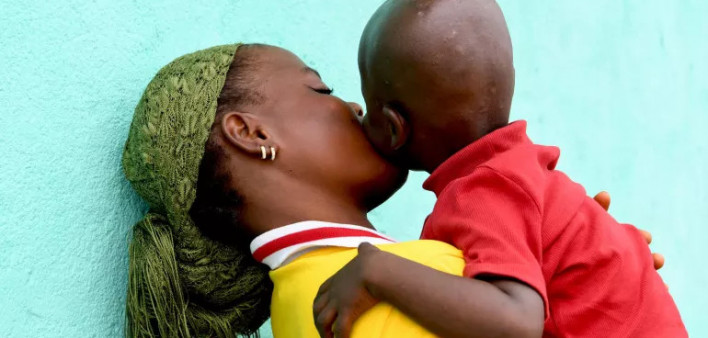In 2022, nearly 98,000 girls ages 10 to 19 contracted HIV, according to UNICEF’s latest Global Snapshot on Children with HIV and AIDS. That’s 1,900 new infections every week. What’s more, girls were more than twice as likely to test positive for HIV last year compared with boys, according to a UNICEF news release.
But there’s also reason for hope: Total HIV cases among girls ages 10 to 19 have decreased by half since 2010 (190,000 to 98,000).
Of the estimated 1.54 million children living with HIV under 15 years old throughout the world, 87% live in sub-Saharan Africa.
“It is unacceptable that adolescent girls, who should be planning their futures, continue to bear the heaviest burden of HIV infection,” said Anurita Bains, UNICEF associate director of HIV/AIDS, in the news release. “We—the [United Nations], communities, governments and organizations—must eradicate the obstacles that make HIV a threat to their health and well-being. This includes ensuring the sexual and reproductive health and rights of adolescent girls and young women are met.”
Last year, there were 270,000 new HIV cases among children and adolescents ages 0 to 19. The total number of young people living with HIV is now about 2.6 million, according to UNICEF.
Experts attribute the disproportionate rate of HIV among girls to gender inequalities worldwide that cause girls to feel disempowered to negotiate safe sex. Stigma, lack of access to HIV prevention and sexual and reproductive health education programs, and low income also contribute to the high rates of HIV among girls.
Across 54 countries, the report found that, on average, 59% of people had discriminatory attitudes toward people living with HIV, nearly six times higher than the 2025 global target (10%).
The report also found major gaps in basic HIV prevention and treatment. For example, among adolescents ages 15 to 19 living with HIV, about 350,000 were not receiving antiretrovirals to suppress HIV in 2022. What’s more, adolescent girls are less likely to be virally suppressed and tend to have poorer adherence to treatment compared with adults living with HIV.
To read the full report, click here.
To read more on POZ, click #UNICEF. There, you’ll find headlines such as “Ending AIDS in Children by 2030,” “Four Pivotal Steps Needed to End AIDS in Children by 2030 [VIDEO]” and “Good and Bad News About HIV Treatment for Children.”







Comments
Comments